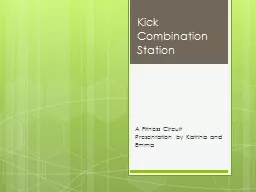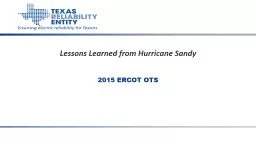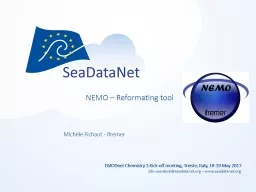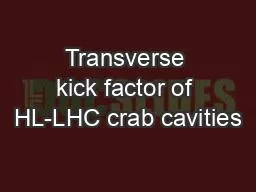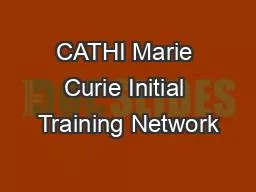PPT-Kick-off training seminar
Author : magdactio | Published Date : 2020-08-04
Brussels 46 November 2014 Innovation in the TCI A Triple Helix Responsibility Shonia ThomasBeen Map of Turks and Caicos Exclusive Economic Zone EEZ 154068 km2
Presentation Embed Code
Download Presentation
Download Presentation The PPT/PDF document "Kick-off training seminar" is the property of its rightful owner. Permission is granted to download and print the materials on this website for personal, non-commercial use only, and to display it on your personal computer provided you do not modify the materials and that you retain all copyright notices contained in the materials. By downloading content from our website, you accept the terms of this agreement.
Kick-off training seminar: Transcript
Download Rules Of Document
"Kick-off training seminar"The content belongs to its owner. You may download and print it for personal use, without modification, and keep all copyright notices. By downloading, you agree to these terms.
Related Documents



